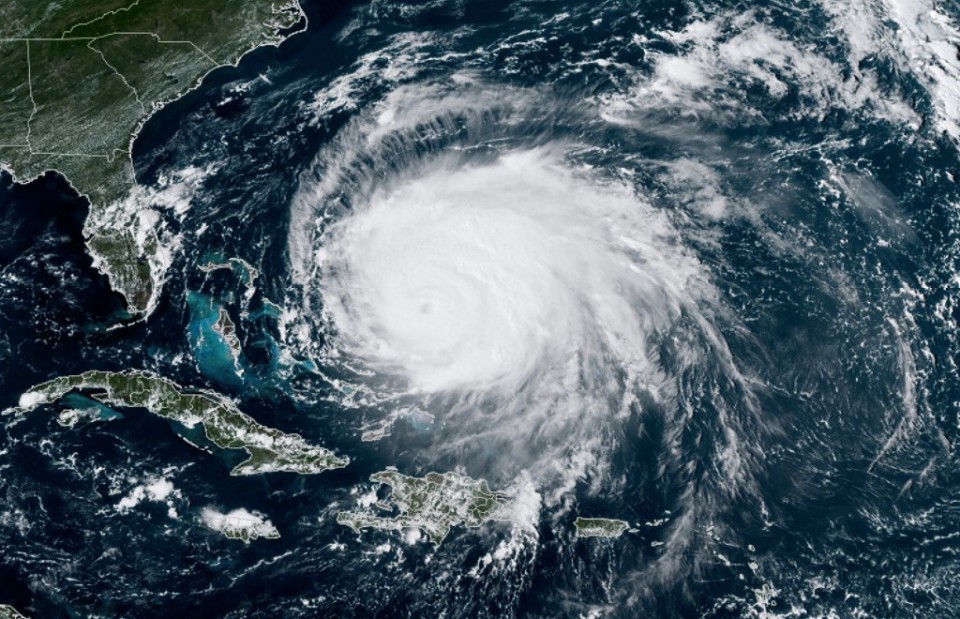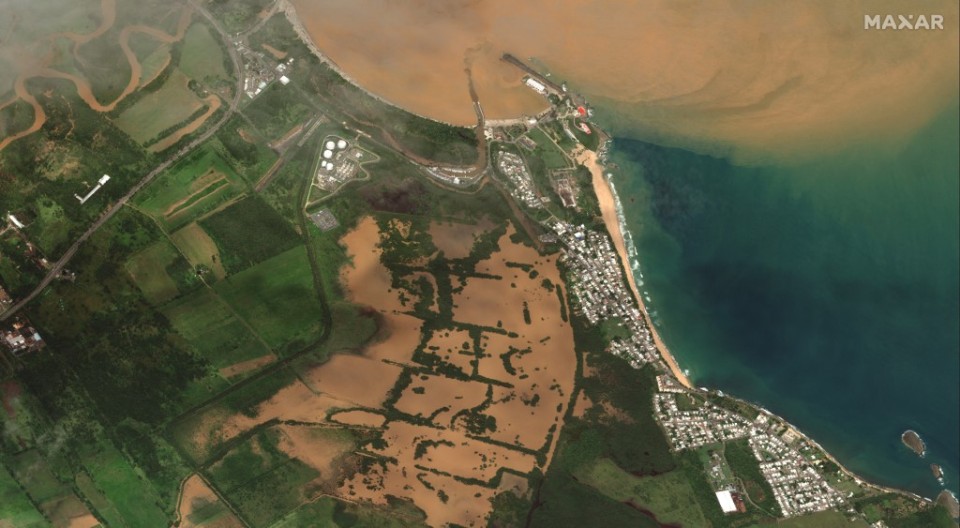

SAN JUAN, Puerto Rico (AFP) — Hurricane Fiona churned toward Bermuda as a powerful Category 4 storm on Wednesday as Puerto Rico struggled to restore power and water after receving a crushing blow.
The US National Hurricane Center (NHC) said Fiona was expected to approach Bermuda, a British territory of some 64,000 people, late on Thursday.
In Washington, the State Department advised Americans to reconsider travel to Bermuda and authorized family members of US government personnel to leave.
“US citizens in Bermuda wishing to depart the island should depart now, ahead of Hurricane Fiona’s arrival,” it said in a travel advisory.
Fiona was upgraded overnight to a Category 4 hurricane, the second highest level on the Saffir-Simpson scale.


The NHC said the storm was packing maximum winds of 130 miles per hour (210 kilometers per hour) as it headed north toward Bermuda at around eight miles per hour.
“On the forecast track, the center of Fiona will continue to move away from the Turks and Caicos today, approach Bermuda late on Thursday and approach Atlantic Canada late Friday,” the NHC said.
“A storm surge will cause elevated water levels along the coast of Bermuda,” it said. “Near the coast, the surge will be accompanied by large and destructive waves.”
Fiona has left a trail of destruction across the Caribbean and killed four people in Puerto Rico, according to a US Federal Emergency Management Agency (FEMA) official quoted by The Washington Post.
One death was reported in the French overseas department of Guadeloupe and another in the Dominican Republic.
FEMA administrator Deanne Criswell is in Puerto Rico and toured flood damaged areas with the governor of the US territory, Pedro Pierluisi.
– ‘Will not stop’ –
FEMA said it was sending hundreds of additional personnel to Puerto Rico to help with relief efforts on the island, which suffered widespread power outages.
Pierluisi said the storm had caused catastrophic damage on the island of three million people, with some areas receiving more than 30 inches (76 centimeters) of rain.
US President Joe Biden has declared a state of emergency in Puerto Rico, which is still struggling to recover from Hurricane Maria five years ago.
LUMA, the Puerto Rico power company, said more than 2,000 utility workers were assessing damage and working to restore electricity to hundreds of thousands of customers.
“LUMA and all our partners will not stop until every customer is restored and the entire grid is reenergized,” its public safety manager Abner Gomez said in a statement.
The storm also left around hundreds of thousands of people in Puerto Rico without drinking water as a result of power outages and flooded rivers, officials said.
In the Dominican Republic, President Luis Abinader declared three eastern provinces to be disaster zones: La Altagracia — home to the popular resort of Punta Cana — El Seibo and Hato Mayor.
After years of financial woes and recession, Puerto Rico in 2017 declared the largest bankruptcy ever by a local US administration.
Later that year, the double hit from hurricanes Irma and Maria added to the misery, devastating the electrical grid on the island — which has suffered from major infrastructure problems for years.
The grid was privatized in June 2021 in an effort to resolve the problem of blackouts, but the issue has persisted, and the entire island lost power earlier this year.
© Agence France-Presse
